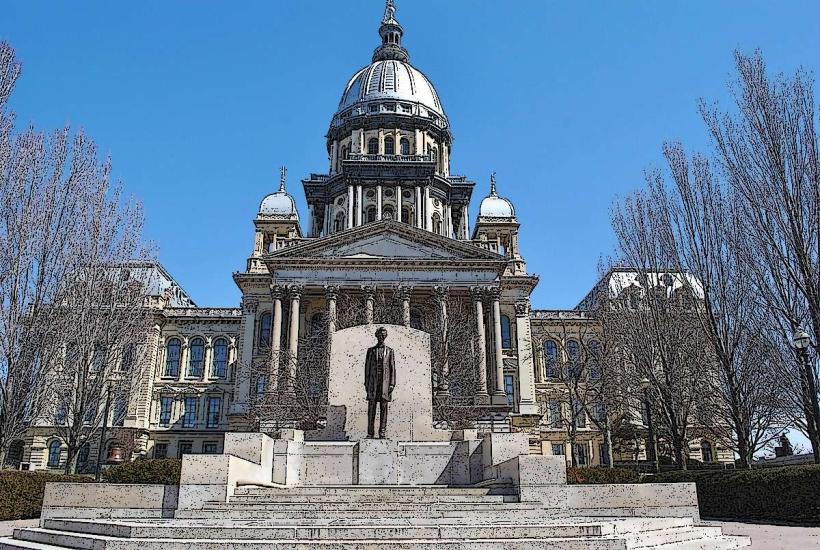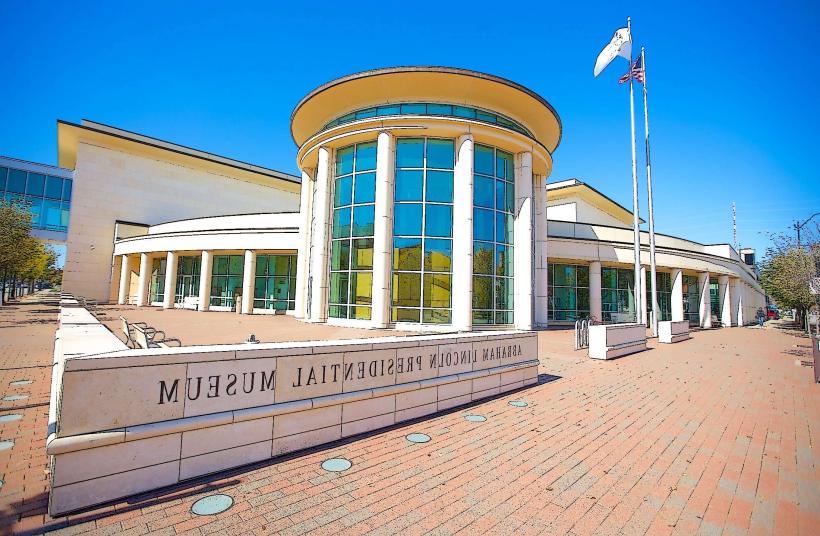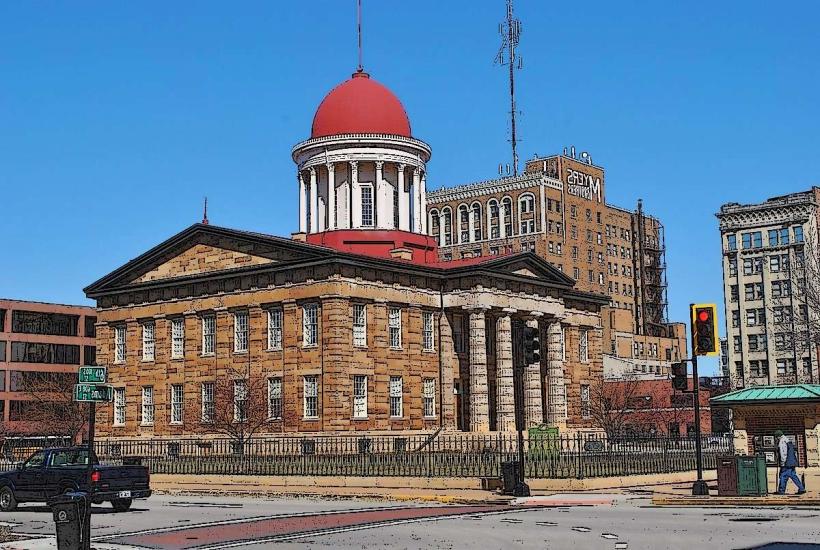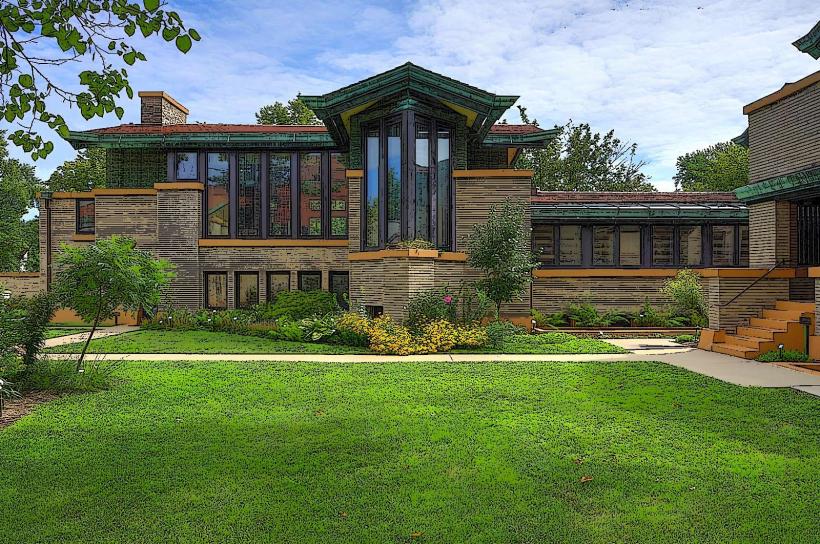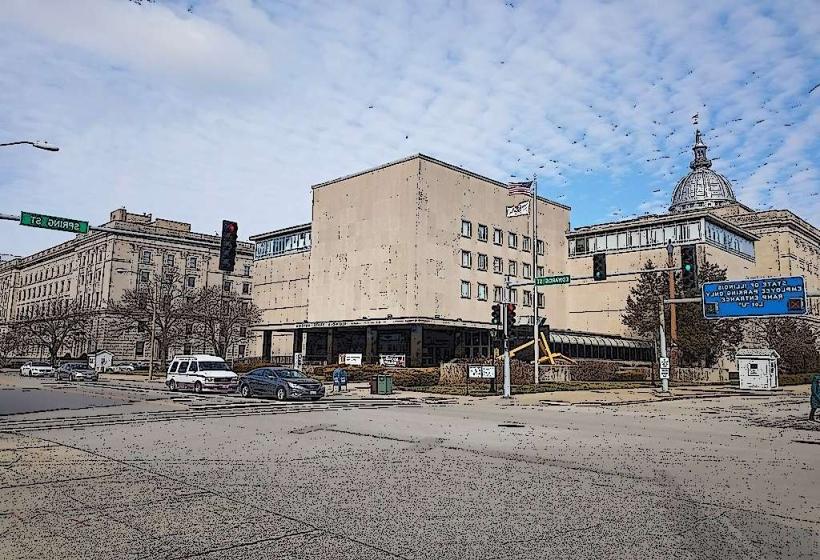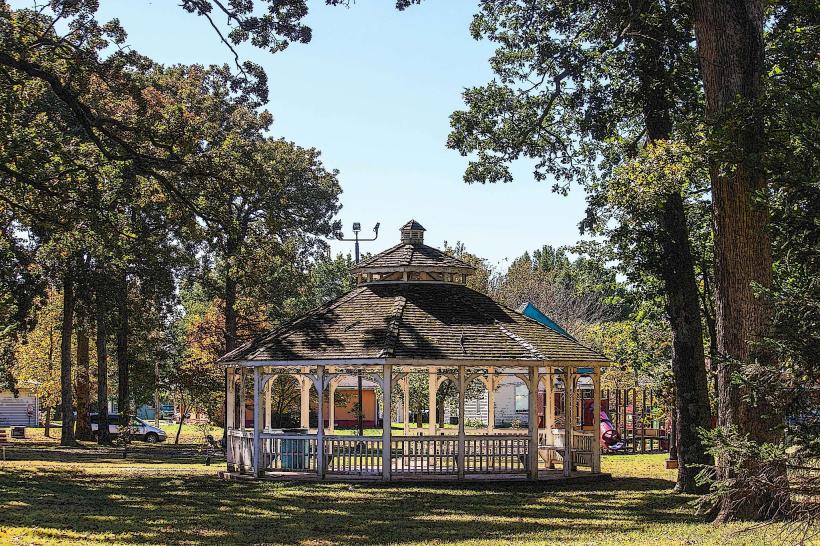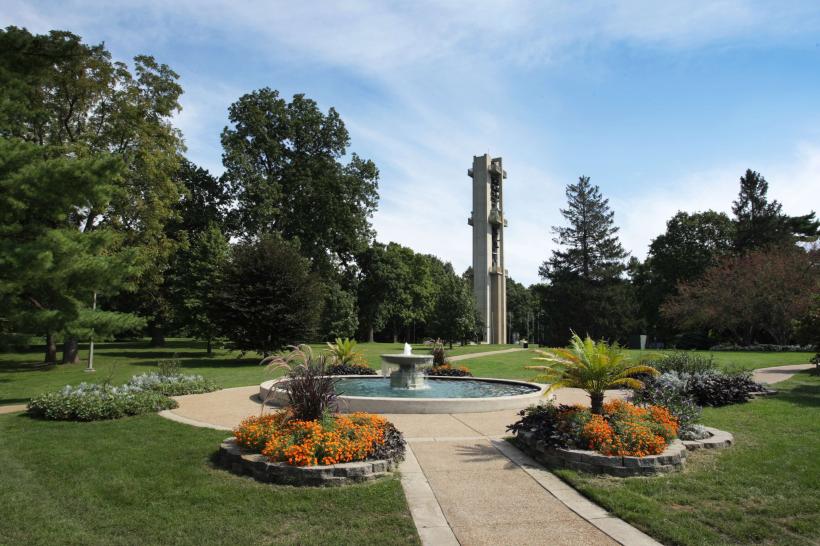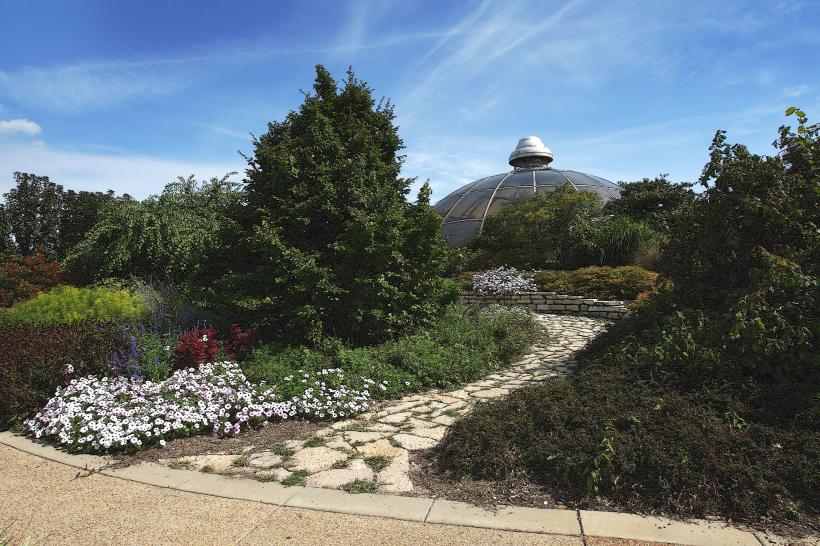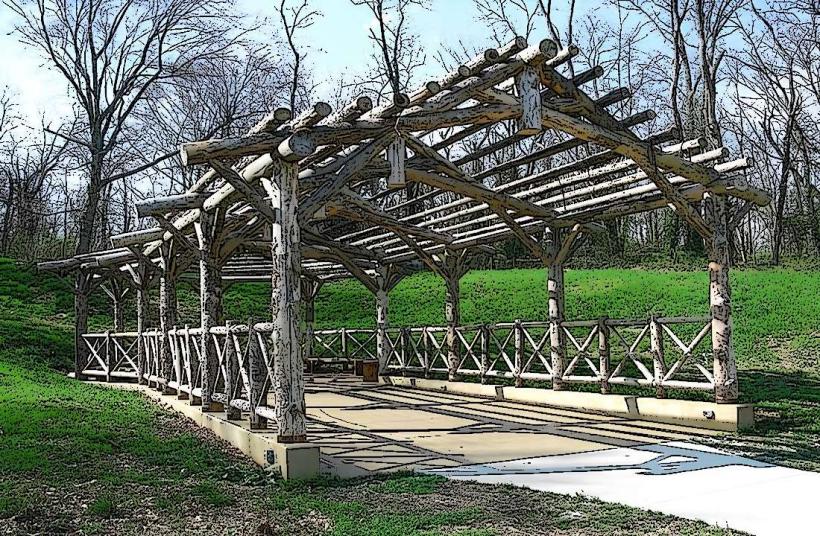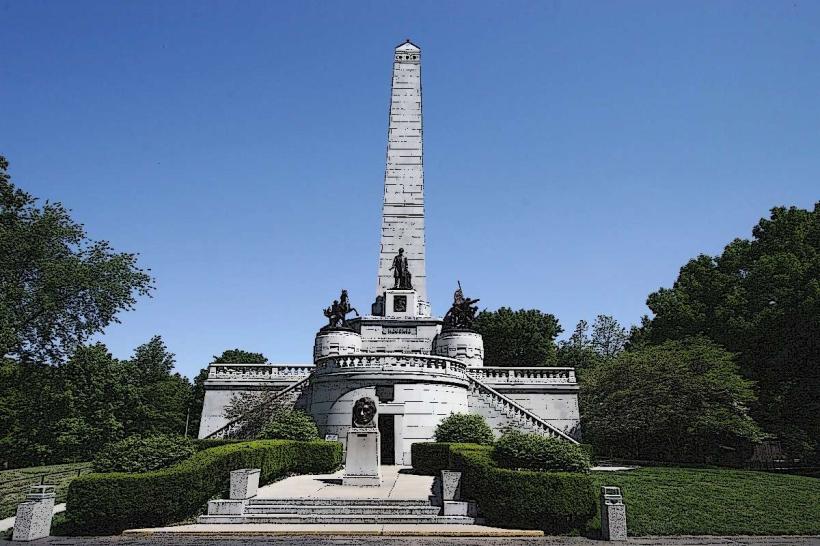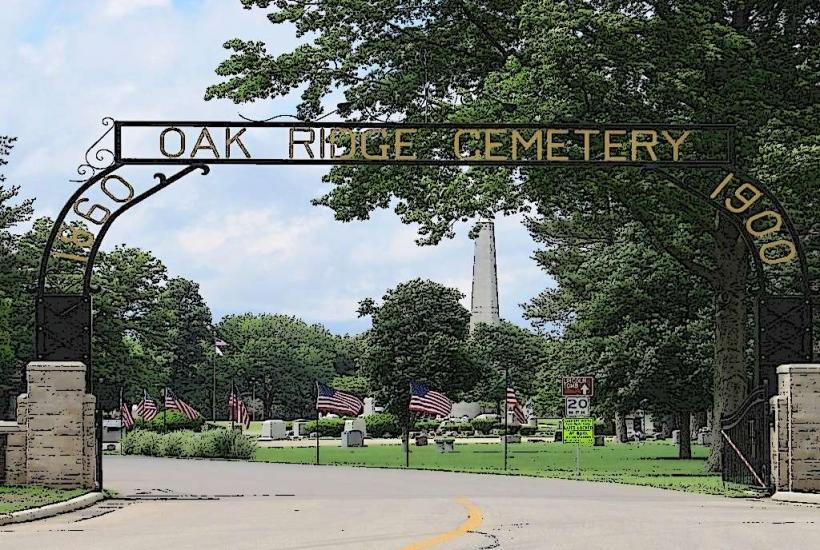Information
Landmark: Vachel Lindsay HomeCity: Springfield
Country: USA Illinois
Continent: North America
Vachel Lindsay Home, Springfield, USA Illinois, North America
Vachel Lindsay Home is a historic house museum in Springfield, Illinois, dedicated to the life and legacy of Vachel Lindsay (1879–1931), one of America’s influential early 20th-century poets and performance artists. The home offers a deep dive into both his personal life and the cultural environment that shaped his unique artistic style.
Detailed Overview of Vachel Lindsay Home
1. Historical Background and Architecture
The house was originally built in 1848 by Henry Dresser in the Greek Revival architectural style, characterized by symmetrical shapes, strong columns, and classic decorative elements inspired by ancient Greek temples.
In 1878, the Lindsay family purchased the home, and in 1893, they expanded it by adding ten additional rooms in the Eastlake style, a Victorian-era design known for intricate wooden detailing and ornamental craftsmanship.
Vachel Lindsay was born in this house in 1879 and lived there for most of his life until his death in 1931.
The house remains largely intact with many original fixtures and furnishings, preserving the authentic atmosphere of late 19th and early 20th-century middle-class life in Springfield.
Located at 603 South 5th Street, the home is near other historic landmarks, including the Illinois Governor’s Mansion.
2. About Vachel Lindsay
Lindsay was a pioneering poet, performer, and visual artist.
He created a distinctive style of poetry he called “the Higher Vaudeville,” which combined rhythmic chanting, singing, and physical gestures to bring his poems to life during public performances.
His poetry often incorporated African-American rhythms and spirituals, as exemplified in his most famous work, “The Congo” (1914), which challenged racial attitudes of the time.
Beyond poetry, Lindsay was also an accomplished illustrator and early film critic, contributing significantly to arts and culture during his lifetime.
His creative output helped expand the boundaries of poetry by merging literary and performance arts.
3. Interior and Museum Experience
The home is preserved as a museum, offering guided tours by appointment.
Visitors see the rooms where Lindsay lived, wrote, and entertained, including his study and family living spaces.
The interiors showcase period furnishings and décor that reflect the Lindsay family’s lifestyle and tastes.
Exhibits highlight Lindsay’s poetry manuscripts, original illustrations, personal belongings, and artifacts that document his artistic and literary career.
The museum provides insights into how Lindsay’s environment influenced his creative process and the cultural movements of his time.
It also explores his role in American literature and performance art, offering visitors an immersive experience into the world of early 20th-century poetry.
4. Significance
The home was designated a National Historic Landmark in 1971 in recognition of Lindsay’s cultural impact and the house’s well-preserved historical integrity.
It is one of the few remaining sites dedicated to a literary figure who bridged traditional written poetry and performance art.
The museum is an important educational resource for those interested in poetry, American cultural history, and artistic innovation.
5. Visitor Information
Address: 603 South 5th Street, Springfield, Illinois.
Tours: Available by appointment only; visitors are encouraged to schedule in advance.
The museum is managed by the Illinois Historic Preservation Agency.
Visitors can explore the home to better understand the life of Vachel Lindsay and the broader cultural context of Springfield during his era.
Summary
The Vachel Lindsay Home is a historically and culturally significant site that preserves the legacy of one of America’s early modern poets and performance artists. Its Greek Revival architecture, period interiors, and dedicated museum exhibits offer a detailed and intimate view of Lindsay’s life and creative achievements. Visitors to the home gain a rich understanding of his innovative contributions to poetry, the performing arts, and American culture in the early 1900s.

